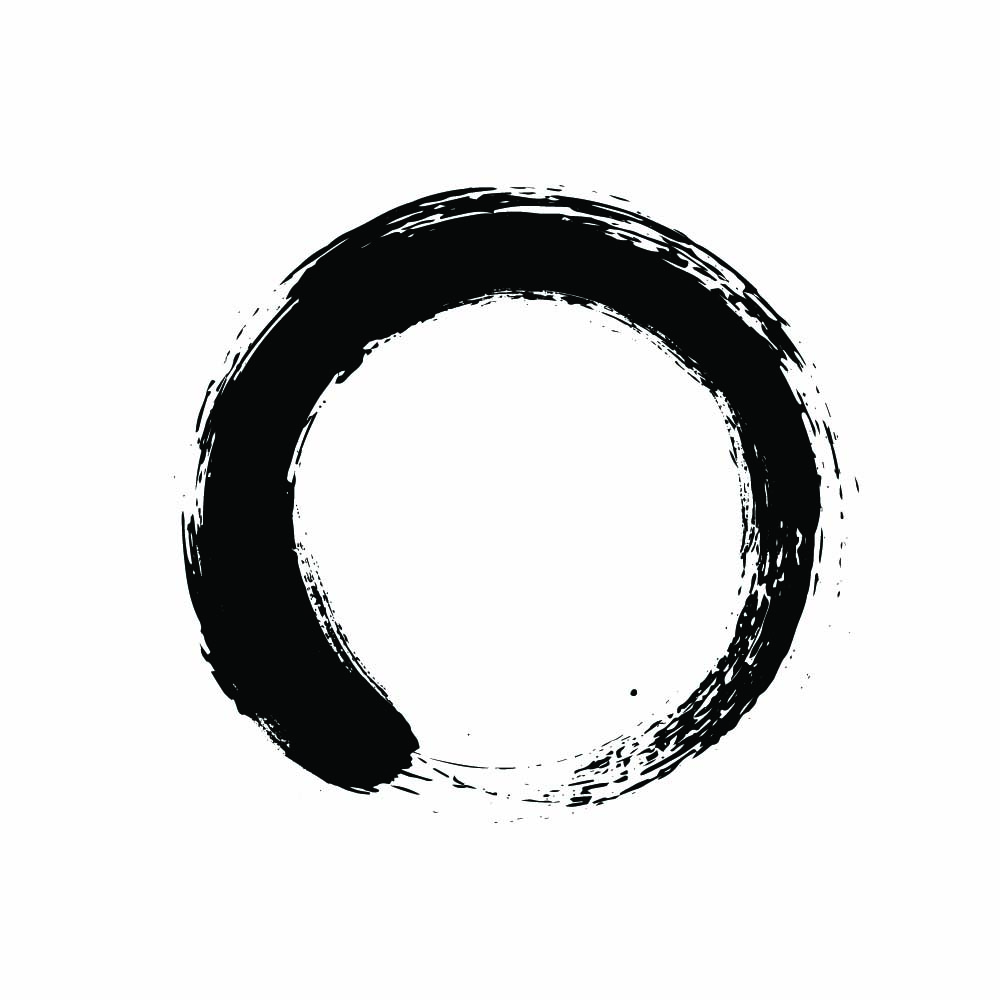
Martin Goodson
What is Samadhi Power?
Exercise in Mindfulness
Daily life practice gives us the key to freeing the mind.

“How is the Zen practice going?”
As someone who speaks with quite a few people who are active in Zen Buddhism, this is a question that I ask a lot. As you might expect, answers vary but there are some who usually start telling me about their sitting meditation practice (Zazen). This is fine, as clearly Zazen is a part of Zen practice but it does require a follow up question.
“OK, but how is the daily life practice going?”
Again, answers vary but for some this is difficult to answer. Further enquires reveal that, unlike Zazen, daily life practice is difficult to assess. In one way this makes sense. Sitting down on a meditation seat and giving myself into the breath or into a count on a breath is a defined act. You either do it or do not. Now, it may be a different question as to whether ‘I’ think it went well but it is clear to me whether or not it was actually done.
Daily life practice is more difficult to see. It does not require that we go about our business radically differently and to an outside observer it could pass unnoticed in a way that sitting in the half lotus position would not. So, how do ‘I’ know if the daily life practice is working?
As someone once said we can judge a tree by the fruit it bears.
Daily life practice is the practice of samadhi. This is a Sanskrit term that has various translations attached to it, but in essence it means ‘oneness’. The term literally means ‘joining together’ and refers to the seamlessness of ‘doing’ when the sense of the one who stands apart from what is being done disappears.
This wordy definition need not worry us because the signs of samadhi are clear in experience.
What happens when I ‘lose’ myself in a good book?
Does it not ‘come alive’?
The same when I play a sport such as football or tennis; there is a vitality that arises and all thoughts of myself simultaneously disappear.
Now, what happens if, whilst reading that book, the TV is on and I keep getting distracted by it? It is rather annoying! The same if I am playing tennis and someone keeps distracting me. The sense of seamlessness keeps getting disrupted. It is possible to carry on reading that book or playing the game by making a greater effort, and the degree to which we can successfully continue with the samadhi of reading or playing is a test of what Master Sokei-an called ‘samadhi power’. It is this samadhi power that is being investigated by the question asking how the daily life practice is going.
It is useful to know that the heart-energy flows in the direction of attention. If that attention is steady, then the flame of samadhi is also steady and the heart-energy feeds the activity and brings it to life. In this state, the heart empties of ‘I’ and opens out, seeing and responding to what is being done more smoothly and creatively.
In truth, as with the examples given above, this samadhi is not unknown to us. Therefore, if you are still uncertain as to what it is, watch out for it in the things you already enjoy and become familiar with the quality of consciousness that arises in your hobbies and pastimes. Now give yourself in the same way to something that ‘I’ judge as mundane or a ‘chore’ and find out if that giving attention to the activity produces something like the quality of consciousness that arises in the things enjoyed. It is easier to pull this off if it is an activity that uses the body, a physical task. Lean into this as an aid to giving myself into what is being done.
The Buddha gave a description of this state of samadhi as having four levels, known as ‘absorbtions’. The first two of these are defined by bliss arising. Such bliss can be felt as a sense of fulfilment in the activity and is a quality of consciousness. Have we ever completed a task, such as dusting a room, and enjoyed a sense of satisfaction for a job well done? This is the bliss that the Buddha referred to. Therefore, look out for these signs of samadhi having just arisen and practice re-entering such a state once you become aware of a feeling of half-heartedness beginning to prevail.




